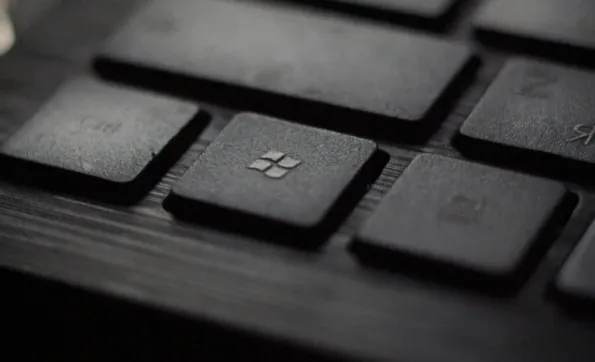Microsoft recently identified a series of significant security vulnerabilities in several widely used open-source bootloaders, including GRUB2, U-Boot, and Barebox. These bootloaders are integral to initializing hardware and loading operating systems, especially in Linux systems and embedded devices, thereby affecting a vast number of devices across various industries. The vulnerabilities pose serious security risks as attackers could leverage these weaknesses to execute sophisticated boot-level attacks, gaining persistent and undetectable control over affected systems before the operating systems even start.
Vulnerability Analysis and Key Findings
The identified vulnerabilities were unveiled through a proactive review using Microsoft’s AI-powered Copilot tool, which revealed specific weaknesses in how these bootloaders handle memory and validate input sizes during the boot process. Particularly troubling is the fact that these vulnerabilities strike at the secure boot verification chain, potentially undermining the foundational security these systems are designed to provide. One of the most critical of these vulnerabilities is CVE-2025-21XX, which affects GRUB2’s memory allocation functions during configuration file parsing, allowing attackers to bypass secure boot mechanisms.
In addition to CVE-2025-21XX, other significant findings include several CVEs (Common Vulnerabilities and Exposures) that span the bootloader spectrum. GRUB2 has multiple notable vulnerabilities, such as CVE-2024-56737, CVE-2024-56738, and CVE-2025-0677. Meanwhile, U-Boot and Barebox are also affected, with significant vulnerabilities including CVE-2025-26726 through CVE-2025-26729 in U-Boot, and CVE-2025-26721 through CVE-2025-26725 in Barebox. A particularly concerning issue within GRUB2 involves improper boundary checking in its parsing function, potentially allowing attackers to craft malicious configuration scripts that trigger buffer overflow conditions.
Security Implications and Mitigation Strategies
These exploitation techniques circumvent traditional security measures by executing malicious code before any operating system security features are activated. The consequences of such vulnerabilities are profound as they can lead to undetectable and persistent threats, which can compromise the overall integrity of the system. In response to these findings, system administrators are urged to apply emergency patches released by bootloader maintainers. This immediate action is necessary to mitigate the risks posed by these vulnerabilities.
For systems that cannot be immediately updated, Microsoft advises implementing physical security measures and restricting administrative access to reduce the risk of exploitation. This proactive approach ensures that even if software patches cannot be deployed instantly, other lines of defense can still be put in place to protect the system. The discovery underscores the importance of securing the boot process as a critical layer of defense and the growing role of AI-assisted cybersecurity research in identifying sophisticated vulnerabilities that could threaten system integrity.
Moving Forward with AI and Cybersecurity
Microsoft has recently discovered a series of major security vulnerabilities in several widely utilized open-source bootloaders, such as GRUB2, U-Boot, and Barebox. These bootloaders play a crucial role in initializing hardware and loading operating systems, particularly in Linux systems and embedded devices. This discovery has implications for a large number of devices across diverse industries. The identified vulnerabilities constitute significant security risks because attackers could exploit these weaknesses to carry out sophisticated boot-level attacks. These attacks would allow them to gain persistent, undetectable control over compromised systems even before the operating systems begin to operate. Such stealthy control could be particularly dangerous, as it could result in the attackers maintaining a foothold within the system without being detected. Consequently, the potential for exploitation poses serious concerns for the security of numerous devices, necessitating urgent attention and mitigations.













